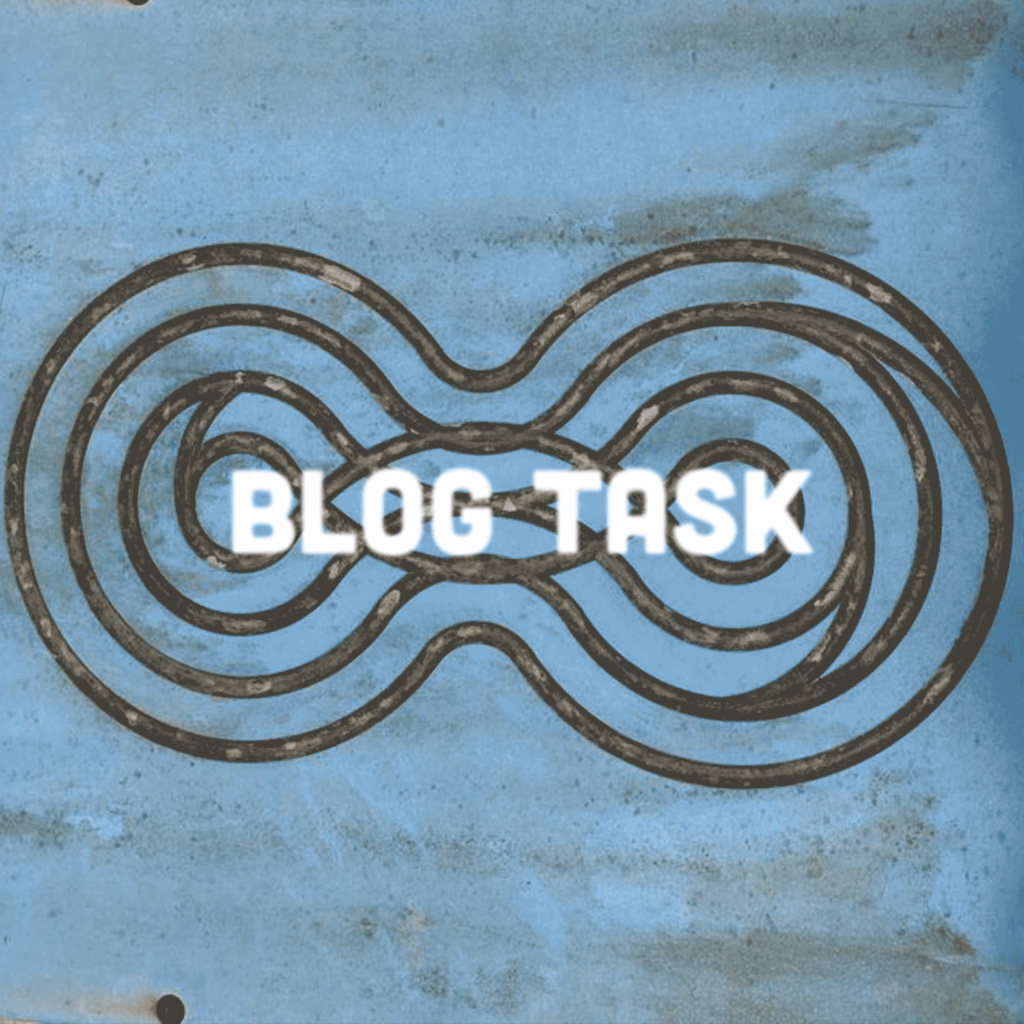The interviewees featured in the example video clips each provide powerful arguments for the need for intersectional spaces and adjustments. In this post I’ll highlight the presented scenarios in which disability intersects with other social identities and will compare these with some examples from my experience as the Lead Technician on the Fine Art Computational Arts course at Camberwell.
In the first interview clip titled Disability and Race, wheelchair basketball player and television presenter Ade Adepitan outlines the intersection of his race and disability. He describes systemic racism as a product of historical discrimination, rooted in colonial violence. He also describes systemic ableism, could this also be attributable to historical discrimination?
In the second interview clip titled Christine Sun Kim: Friends and Strangers, Sound artist and activist Sun Kim explores to what extent her art practice and politics are shaped by her experience of disability. She outlines her theories on repetition in visual languages which assist her in describing the day to day social barriers that deaf people experience. For example she provocatively refuses to read lips which highlights the assumption that it is deaf people that should strive for social integration rather than the alternative that would require those without hearing impairments to learn sign language.
In the final interview clip titled Disability and Gender, Director of Operations and Healthcare at Transactual Chay Brown, discusses the challenges in creating disability provisions for queer event spaces within his organisation. He highlights the need for foresight in creating events and the need for ‘person cantered’ planning with regards to neurodivergent friendly activities, building and accessibility provisions and budgetary requirements. He emphasises the possibility that some disabilities are not visible and explores a community led approach to queer spaces.
All of the participants featured in the three interview clips assert a common theme that society provides the barriers for disabled people rather than disability in of itself.
In my closing thoughts I will refer to the first example video The Social Model of Disability which describes the UAL disability service’s social model. This clip also asserts that ‘we are disabled by a world that does not take into account what we need.’ However in my experience of working at Camberwell over the last few years I have seen many issues with accessibility in the building which have created stigmatised learning environments for disabled people, space mismanagement and inaccessibility for parents with pushchairs amongst other things. I am glad to see that there are new lifts being built in the old part of the building however there is still a long way to go with regards to access to bathrooms, equipment and workshops. I also would like to see more mandatory training for staff with regards to spiritual accommodations for teaching, assistance in budgeting for accessible equipment and broader cultural awareness training to help staff connect with international students.


Leave a Reply